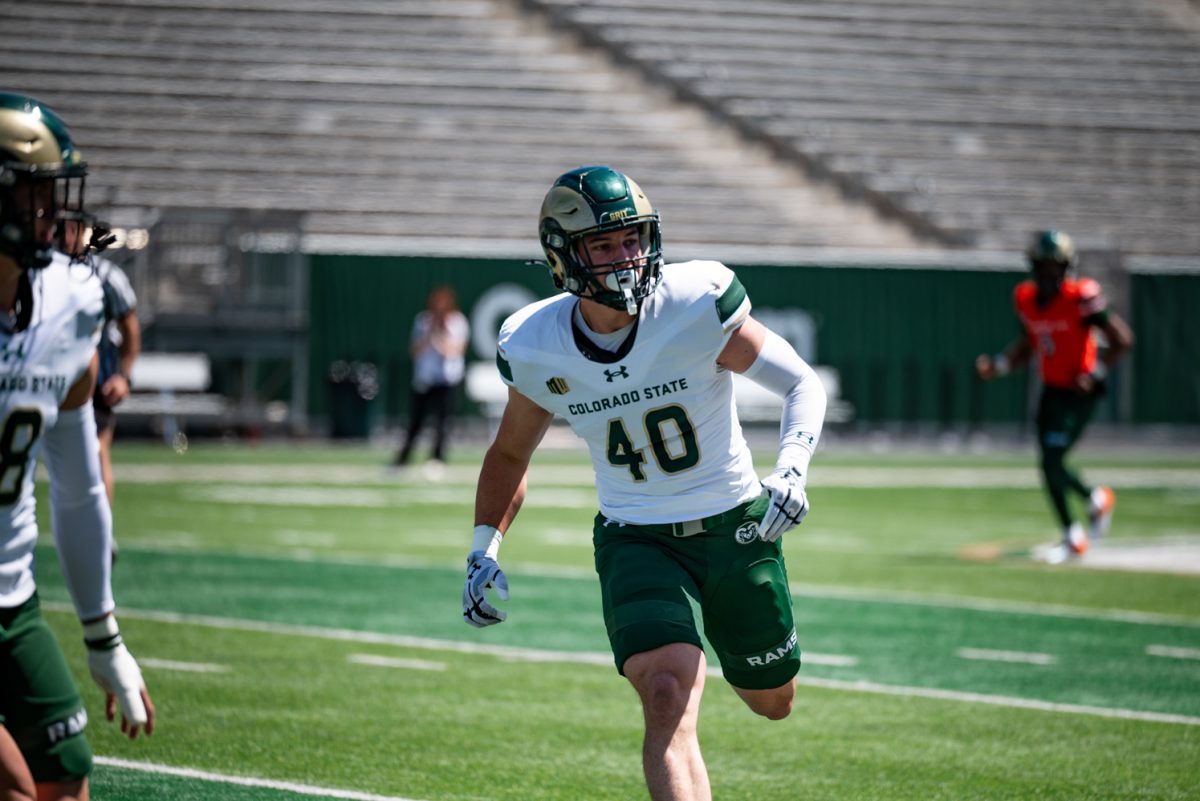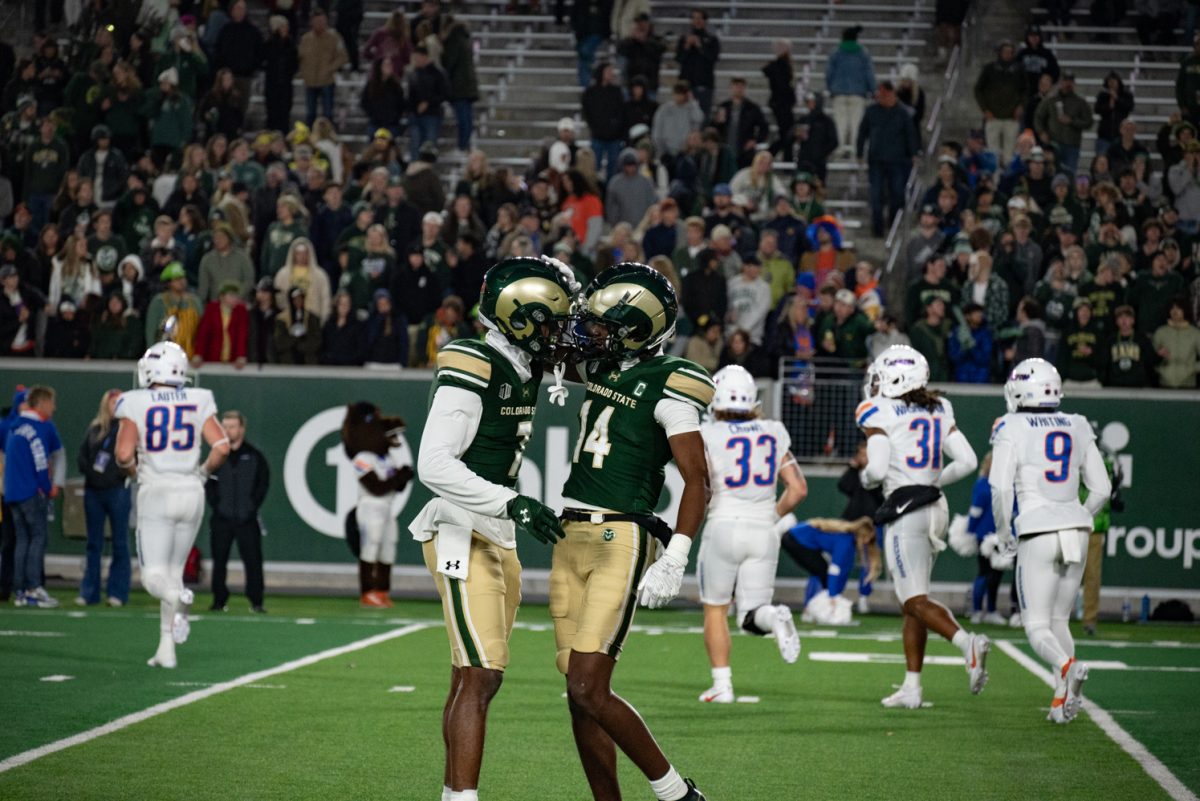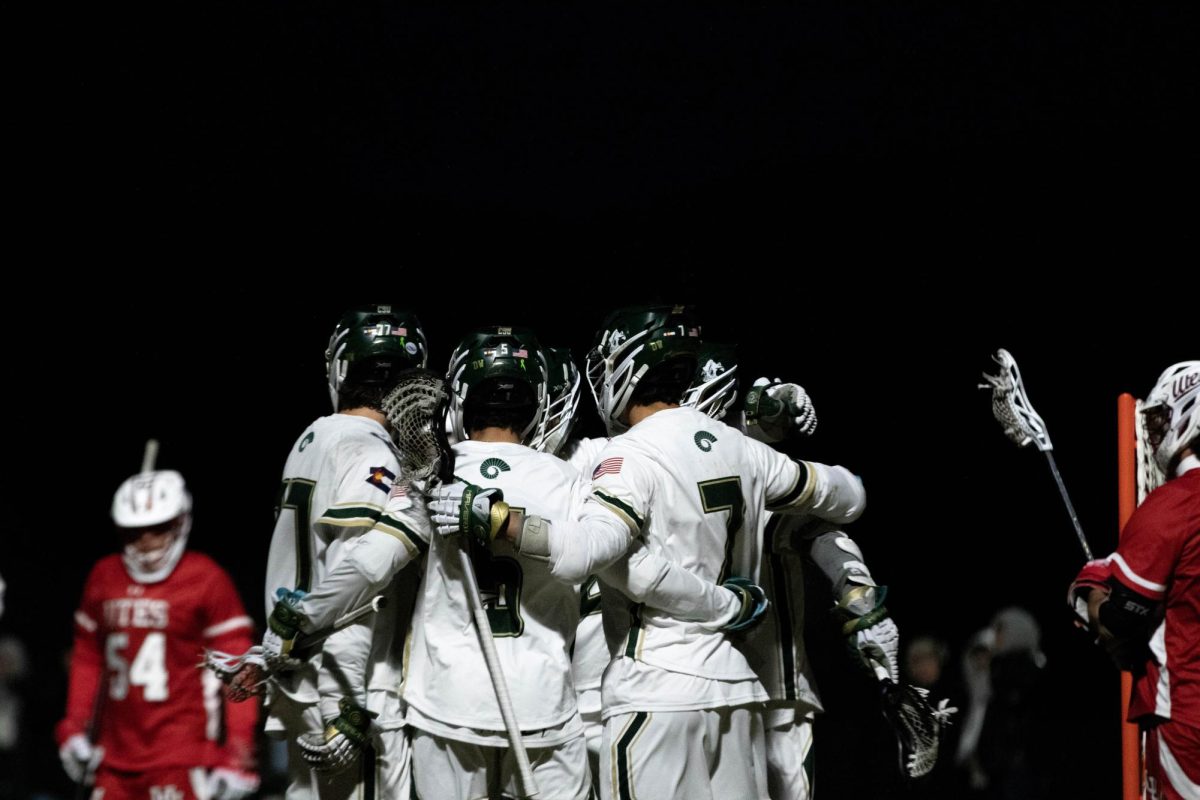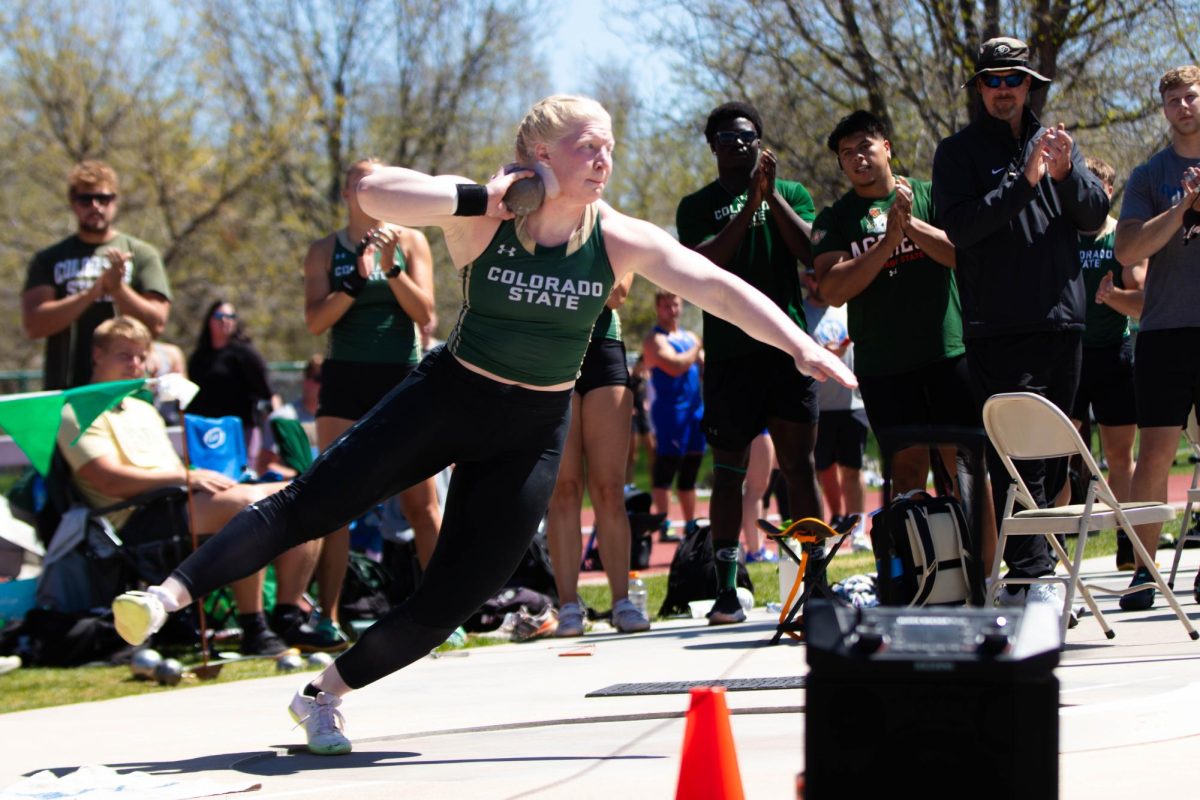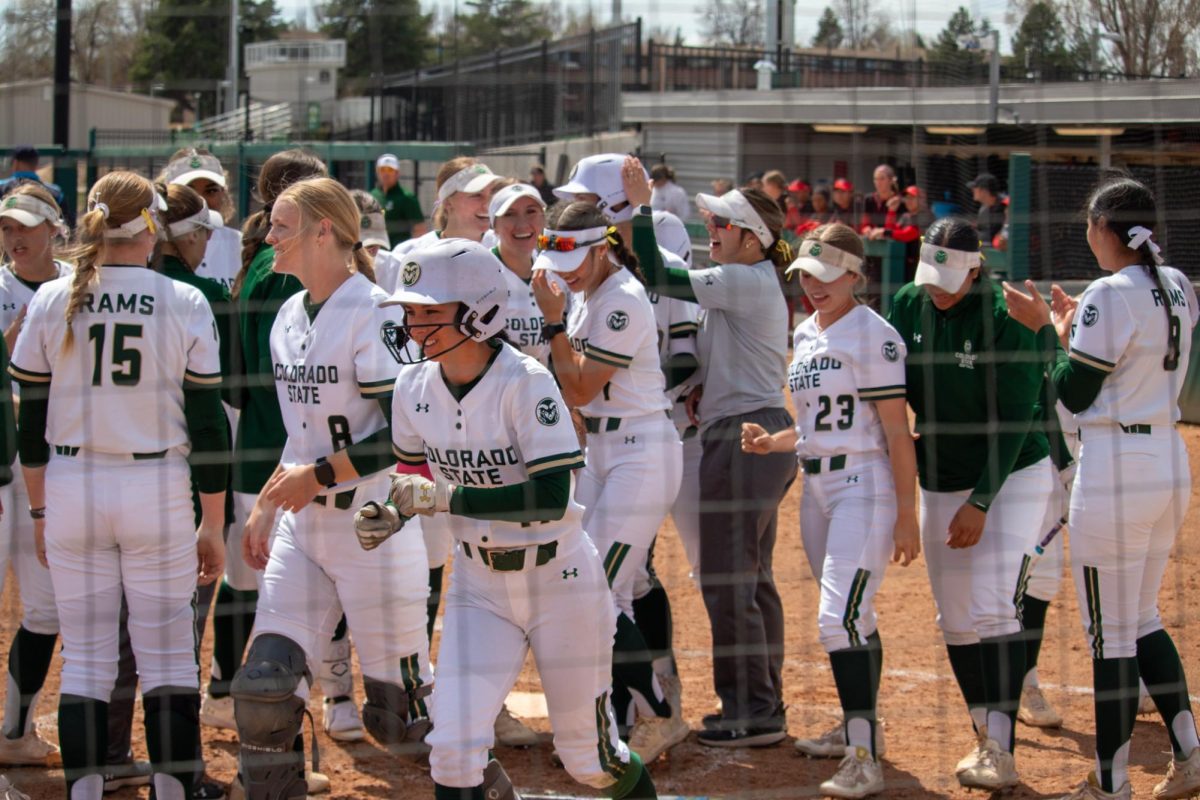Three years ago, the Colorado State Rams earned national recognition under coach Jim McELwain with a team that featured two of the best players in program history in quarterback Garrett Grayson and wide receiver Rashard Higgins.
The 10-3 2014 year was a magical season for the Rams and one that will go down in history.
But by the end of the 1990s, the most successful decade in Colorado State history, 10-3 was the expectation.
Beginnings:
It took a long way to get there.
In the 1980s, four different coaches held the reins for a team that went a combined 36-76 in the decade, including a winless 1981 season under coach Sarkis Arslanian. It would be fair to say that when coach Earle Bruce took over the program in 1989, the Rams were perennial toilet bowl candidates.
When the Rams look back on the ’90s they see the glory days of Sonny Lubick’s Western Athletic Conference contenders, but what might be overlooked, is that in Bruce’s second season at the helm the Rams finished 9-4 and won the team’s first bowl game in 40 years, with a 32-31 victory over Oregon in the Freedom Bowl.
But after Bruce’s team fell from grace, the Rams turned to then Miami Hurricanes defensive coordinator Sonny Lubick.
Lubick was there for the winless 1982 season as an assistant coach, he knew the losing tradition surrounding Colorado State.
“It wasn’t like it was the most important, it wasn’t really important, let’s put it that way,” Lubick says.
“There wasn’t a lot of winning to that point,” former CSU quarterback and current director of player development Anthoney Hill said. “My redshirt year (1990), we went to a bowl game, and then after that, we kind of fell off.”

The Rams went 5-6 in Lubick’s first season, but after the team won its last three games to close out the year, big things were on the horizon.
“In ’93 we kind of knew we were going to be pretty good,” Hill said. “(Defensive back) Ray Jackson basically guaranteed we were going to win the conference the next year and we all stood up and said we gotta back him up because we believed it too.”
The Rams said it, believed it, and then went out and did it.
The 1994 season stands as arguably the greatest season in the history of Colorado State football.
The team finished the year 10-2 and ranked No. 16 in the final associated press poll. They had climbed as high as No. 10 before losing to Michigan in the Holiday Bowl.
Along the way, the Rams beat No. 22 BYU on the road. Beat the No. 6 ranked Arizona Wildcats in Tuscon. And beat Wyoming 35-24 in what would go down as one of the greatest games in Hughes Stadium history.
It was a year for the CSU record books, and in only the second season of Lubick’s era, the Rams had begun the turnaround of a perennial losing program.
Coach Lubick can’t remember all of the games as coach, and he says that he remembers the ones he lost more than the ones he won, but that 1994 season was special.
“The Wyoming game would be a big one that we moved ourselves forward in,” Lubick said. “That’s when I think we kind of started to understand.”
“It’s one thing to know you can do it and feel like you can do, and it is a totally different thing to actually do it,” Hill said of the 1994 season. “In the past, we would find a way to lose those games. That year we just put it all together and had a spirit about us that couldn’t be rattled. We just believed. It was a belief that we were going to get it done no matter what.”
For Hill, and the Colorado State program, coach Lubick came in and instilled a belief in his team. They were underdogs, but they just kept winning. The 1994 season spurned an era.
“About the time it started to roll in ’95 it just felt good, everything was positive,” Hill said. “We made the change from Bruce to Sonny and kind of our whole outlook changed. Sonny showed belief in us all. It was positive.”

The tradition was changing at Colorado State University, but Lubick never put an emphasis on that, especially while he was in the middle of it. He had a job to do, and that was to win games. A new culture and tradition just came with it.
“At that point in time you didn’t really ever think about it,” Lubick said. “We started getting some recognition, playing in our first three bowl games, (like) in Memphis for the Holiday Bowl. Winning a championship and stuff is nice, but you didn’t really think about winning tradition or anything when you are in the thick of it.”
Rockin’ Hughes
But the team was indeed in the midst of a renaissance.
With that, CSU fans started to pour out to see what Sonny Lubick was doing with this football team.
On average, 26,861 people filled Hughes Stadium each week over the course of the decade, 28,295 if just the seven seasons under Lubick are counted. In the first five seasons of the 2010’s, 22,268 is the average attendance number for each season.
Seven of the ten largest crowds in Hughes stadium history come from the 1990s. Two of them were during the magical ’94 season. The 35-24 victory of the University of Wyoming and a 45-31 loss to No. 18 Utah.
The Utah game still stands as the highest attended game in Hughes stadium history, as over 39,000 people packed the stadium to watch the 6-0 Rams take on the 6-0 Utes in a pivotal Western Athletic Conference game.
“It was wild,” Hill said about the Hughes stadium atmosphere in that time. “You go from being in a stadium where you can hear individual conversations going on in some games from when we are not every good, to just mayhem. It was loud. It was unbelievable. I remember thinking during that Utah game, when it was 39 plus thousand, that it was palpable. You could feel the energy in the place. I wish we had all of our home games that way.”
“Or in the Wyoming game,” Hill continued, “Before we could end the game the students rushed the field a couple times. We were ready to party just like them, but we just wanted to get it over with. The feeling was, it’s really hard to put into words, highly energized. It was electric.”
Attendance slowed down a little bit after the 1994 season, but five of those highest attended games still came after the team’s first 10-2 season.
And the 1994 season still stands on average, as the highest attended season in CSU history, but outside of the early to mid-2000’s, Hughes would never be as full as it was during the decade-long ride under Lubick.
“I really loved the atmosphere because I guess it was probably similar to what we had last week,” Lubick said, comparing the atmosphere at Hughes during the 1990s to the sold out, standing room only crowd that the Rams brought out for the Border War game last week.
“It seems like the stands were almost full all the time and the expectations were high and probably not so high because we never had a lot of winning tradition before that,” Lubick said. “In ’96,’97, ’95 every time you looked up in the stands it was almost a sellout and that made it good. The students and the fans were tremendously supportive when things got rolling along there pretty good for awhile.”
For Good Reason
What the Rams were able to do on the field throughout the 1990s kept the people coming back for more.
For the decade, the team went 74-46 overall, 57-27 under Lubick. In the 10 seasons under Bruce and Lubick, the Rams went a combined 36-17 at Hughes Stadium. From 1993 when Lubick took over, the team went 31-10 at home.

Under Lubick, the Rams won four conference titles in the ’90s, and appeared in four bowl games back before simply being .500 guaranteed a team a postseason berth.
Three years after the 1994 season, Lubick and the Rams outdid themselves by finishing the 1997 season 11-2, winning the Western Athletic Conference championship, and beating Missouri 35-24 in the Holiday Bowl.
By that time, wining was the expectation.
“Once you taste it and you kind of set the culture, or reset it and say this is what we are, then the expectations rise,” said Hill who came back to CSU in 1998 to finish out his degree while serving as an assistant wide receivers coach.
“Not only the first year (1994) did we expect to do it, but we actually proved it and did it,” Hill said. “And then the second year, they did it again in ‘95. By that point, the culture was established. This is who we are, we expect to get it done. Sonny was pretty darn successful because of our mindset.”
For the Colorado State football program, it really was the glory days. Not only were the Rams winning games and conference titles, but Fort Collins also featured some of the best players in college football.
Like Jim Thorpe award winner and two-time All-American (’94-’95) defensive back Greg Myers, 2nd team All-American (1995) defensive lineman Sean Moran, or sack masters Clark Haggans and Joey Porter of the later part of the decade.
Lubick and his team had the mindset, and the players to go out and be perennial contenders. And for a good part of the decade, that is exactly what they did.
“Now if you look back, and I have had a chance to think about this for awhile, that was something pretty special,” Lubick said. “At the time you didn’t think of it. It’s exciting for all of our players and coaches. We really enjoyed it there. To see the fan support and the school just kind of really support us and gather around us. Those were just good times.”
Collegian sports reporter Eric Wolf can be reached by email at sports@collegian.com or on Twitter @Eric_Wolf5


